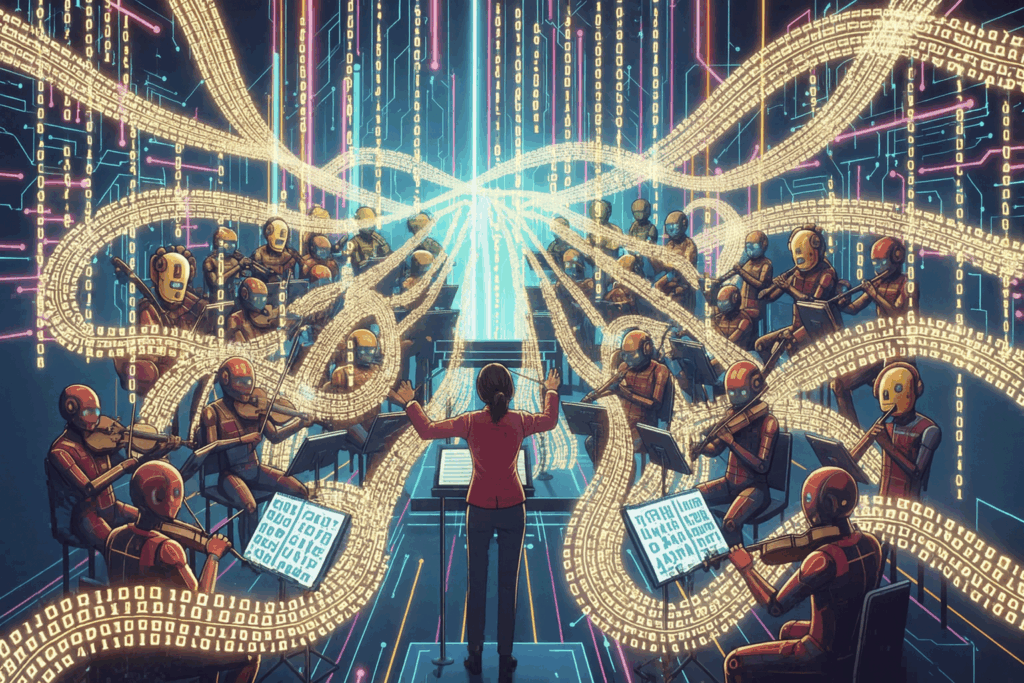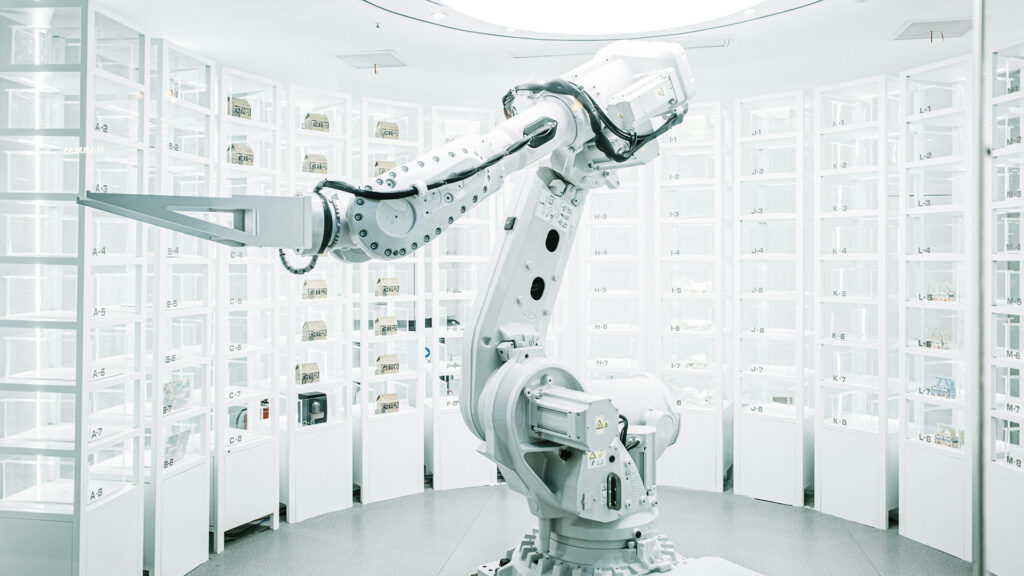Designing a Better Remote Reality
With the exponential implications of remote work emerging, it’s time to move forward with meaningful intention
Obvious |

As we enter month three of shelter-in-place, it is impossible to ignore our increasing acceptance of and dependence on remote work solutions — at least for the 29% of the US workforce with the luxury of such an option. In 2020, companies accounting for over $800Bn in market cap announced plans for long term remote work optionality. As we continue to collectively hypothesize what the future of work will look like moving forward, I would encourage you to ask the question that our team raises during every diligence process here at Obvious: “What could possibly go wrong?”
Instagram vs. Reality
Digital nomads’ Instagrams on the beaches of Bali have long made remote work look attractive. Some of us are even fortunate enough to have the flexibility to take our work with us—whether this be in pursuit of true flow state at our kitchen tables (okay, only moving back in with my parents last year made this feasible) or in an attempt to make an aging grandparent’s 100th birthday festivities across the country. So, was this increasing flexibility already a stepping-stone towards fully distributed teams? Has Covid-19 now become a case study in feasibility? A proof point for HR departments worldwide? I personally hope not.
As a consumer-focused investor and with people as my passion, I fear the implications of such a dramatic market shift. As I’ve previously discussed, both Millennials and Gen Z have reported a declining number of friends in studies conducted over time. With loneliness on the rise, people are yearning for genuine human engagement. Many—myself included—believe that social media and consumer social apps are, in part, to blame for this widespread feeling of isolation. Outside of work, they’ve led people to disappear into their apartments, hide behind their screens, retreat from perspectives differing from their own, and position themselves as carefully curated profiles lacking in authenticity, spontaneity, and struggle. Over the past 15 years, we’ve seen stark ramifications across the social sphere that could now infect one of the last bastions of 20th century culture: the workplace.
Recognizing the Risks of Remote Work
Remote work’s risks have been historically underappreciated by the market. I fear that such a transition could slowly dampen workplace camaraderie to a glimmer of its former light. For those who’ve met lifelong friends and invaluable mentors in the workplace, a reality without such social structures feels grey.
I fear that a retreat from physically integrated environments might exacerbate societal echo chambers as individuals no longer come face to face with perspectives that differ dramatically from their own identity. With inter-generational mobility falling to post WWII lows in recent years, I question whether we risk exacerbating such trends as we move away from the in-office training, mentorship, network development, and support systems that have benefited so many—myself included—as they’ve launched into the workforce. At this inflection point in the Future of Work evolution, how can we ensure that a reclusive transition and dulled sparks of innovation do not define the workplace of the 2020s?
As a team, we talk a lot about practicing audacity by taking bold risks and investing in companies that we wish existed. We place great value on values and culture and across the Future of Work spectrum we hope to see greater collaboration, connection, discourse, and catalysts for innovation. As a fund, our purpose is to support the world positive entrepreneurs building these disruptive solutions.
So, where might such opportunities exist?
The Human-Centered Remote Work Toolkit
Below are four opportunity areas in what could make for a more mindful remote work toolkit, with us as humans at the center:
Professional Communities
ObviousVenture Partner and Slack’s former Chief Product Officer April Underwood (talk about a Remote Work OG) said it best in a recent tweet about her survival tips for working from home: “Call your work / industry friends just to catch up ❤”
Amidst the hustle and bustle I feel that some, at times, forget the power of interpersonal support and connection. As a tribal species, we are programmed to draw strength from those around us. To meet these needs, we’ve seen a surge in startup formation across the community space in recent quarters. One such player is Chief, the private women’s network offering female executives mentorship, career coaching, community engagement, and broader networking events. The VC ecosystem has also taken note with its own portfolio of offerings including First Round Capital’s Fast Track, a platform that connects hundreds of accomplished leaders looking to work side-by-side and share their hard-won wisdom with the next generation of entrepreneurs. In a future where workplace happy hours, networking events, and even intramural sports decline due to the impracticality of bringing together distributed teams on a regular basis, might the need for professional community platforms become that much greater? What might such offerings look like for workers in less concentrated regions like the Midwest or Southeast? Will we see a rise in vertical social networks to meet this expanding use case? And how can we ensure proper representation of all populations?

Distributed Benefits
If the happiest and healthiest employees are also the most effective, it should come as no surprise that 32% of US compensation spend is directed towards benefits. Looking ahead, benefits programs will likely need to evolve to meet employees where they are. Through the adoption of childcare offerings like Cleo’s recently announced partnership with UrbanSitter and clinical offerings like Modern Health, a mental health platform with a spectrum of resources ranging from digital courses to meditations, we are already seeing distributed solutions being adopted by progressive benefits managers at organizations ranging from Gusto to Pixar. As the daily routines and associated pain points of remote workers become increasingly apparent, the needs of this growing population from a benefits perspective are likely to look different than those of traditional corporations. Office cafeterias could go the way of the Blackberry (alive but past their prime) while ergonomic home office setup could go hand in hand with employee onboarding. So, where might the largest emerging opportunities exist as workers spend more and more time beyond the four walls of traditional office environments? How will companies adequately accommodate the needs of different demographics across social, environmental, and health dimensions? And with the number of self-employed / contingent workers in the U.S. projected to reach over 40 million in the next few years, what benefits might companies leverage to recruit high quality talent for either short-term or long-term assignments?
Mobile Mentorship
In many fields, a company is only as good as its people; to grow over time, one’s workforce must scale alongside the organization. Thus, it comes as little surprise that when Fortune aggregates its annual list of “The 100 Best Companies to Work For,” a large percentage of the evaluation is based on what employees report about reaching their full human potential as part of their organization, no matter who they are or what they do. For many of us, much of this development has been facilitated by the support of mentors and sponsors. As we’ve seen with disruptors in the Learning & Development (L&D) space like Lynda, an education benefits platform focused on the upskilling of workers nationwide, and Strive Talent, an executive education program focused on transforming managers into leaders, many next-gen talent development solutions are being built with geography-agnostic distribution in mind. So, what mentorship-oriented platforms of the future will empower companies to foster intrapersonal and professional development for their employees if they turn into networks of individual nodes dispersed across neighborhoods, cities, and even countries? Might there be a local answer to this that involves matching people not in one’s company, but on one’s block? Furthermore, how can we prevent diverse team members from falling through the cracks?
High Quality Collaboration
To quote another exemplar of success, Phil Jackson: “Good teams become great ones when the members trust each other enough to surrender the Me for the We.” Teamwork means leveraging a breadth of perspectives and strengths to innovate, problem solve, operate, and learn in a manner that would be infeasible by a single individual. True teamwork means not only having a strong roster but also effectively leveraging the unique superpowers of your team members to drive towards a collective win. GitLab represents one company that has done this exceptionally well as the world’s largest all-remote company with team members spread across 65+ countries worldwide. Today, successful distributed teams like GitLab’s rely on stacks of collaboration software solutions including tools like Figma (an ecosystem that helps teams create, test, and ship better designs from start to finish) and Miro (a digital collaborative whiteboarding platform that aims to bring teams together, anytime, anywhere). If “teamwork makes the dreamwork,” how can we effectively foster high quality collaboration for tasks like organization management, project management, and knowledge transfer that encourages out-there ideation and ensures that all voices are heard? Across time zones, what will the distribution of synchronous and asynchronous solutions look like for teams that cannot work in tandem?
If we recognize that Instagram and Snapchat are incapable of replacing true interpersonal connection, then we should not place such lofty expectations on the Zooms and Slacks of the world from a professional perspective. Let us not allow today’s fear and complacency with our existing remote reality defeat the workforce and professional vibrancy of tomorrow.
What world positive Modern Work looks like is a frequent topic of discourse internally at Obvious. And we view this ongoing debate to be healthy. It is these diverse perspectives that make our workplace stronger and speak to the dialogue I dream of for co-located and distributed teams alike. If you’re building community and connection in the workplace and beyond, we’d love to hear from you.



